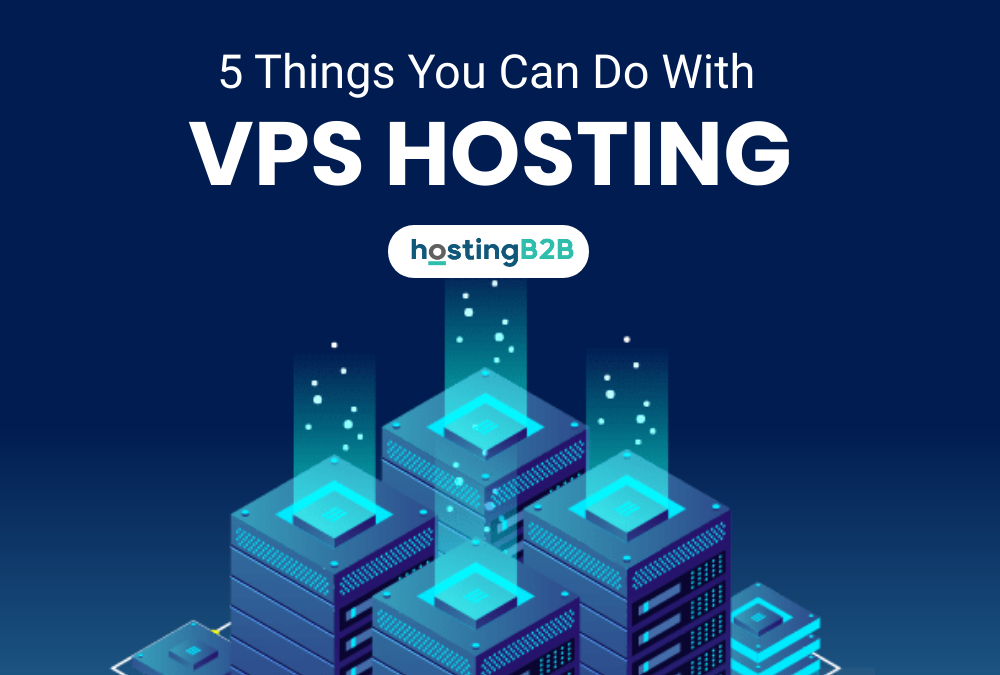can you suspend vps

Virtual Private Servers (VPS) have become increasingly popular in the world of web hosting due to their affordability, flexibility, and scalability. However, as a VPS owner, you might find yourself in a situation where you need to suspend your VPS temporarily. Whether it is for maintenance, security reasons, or to prevent unauthorized access, the ability to suspend your VPS can be a valuable tool. In this article, we will explore the concept of VPS suspension, its benefits, and how to effectively suspend your VPS when the need arises.
In the following sections, we will delve into the process of suspending a VPS and the various considerations involved. From understanding the reasons for suspension to the steps required to suspend a VPS, we will cover everything you need to know. Additionally, we will discuss the impact of VPS suspension on your website and users, as well as provide tips to ensure a smooth suspension and reactivation process. So, let's dive in and explore the world of VPS suspension!
Section 1: Reasons for VPS Suspension
This section will highlight the common reasons for suspending a VPS, including maintenance, security concerns, non-payment, and legal issues. It will provide a brief summary of each reason and emphasize the importance of suspension in such scenarios.
Section 2: Understanding VPS Suspension
Here, we will explain what VPS suspension entails, clarifying the difference between suspension and termination. We will explore the technical aspects of suspension, such as the freezing of resources and interruption of services, to help readers grasp the concept effectively.
Section 3: How to Suspend Your VPS
In this section, we will provide a step-by-step guide on suspending a VPS. We will cover the various methods available, including using the hosting control panel or command line interface. Each step will be explained in detail, ensuring readers can easily follow along and suspend their VPS successfully.
Section 4: Impact of VPS Suspension
Here, we will discuss the potential consequences of VPS suspension on your website and users. From the temporary unavailability of services to the impact on search engine rankings and customer experience, we will address the important considerations that arise during the suspension period.
Section 5: Best Practices for VPS Suspension
This section will provide valuable tips and best practices to ensure a smooth suspension process. From notifying users in advance to backing up data and optimizing suspension messages, we will offer practical advice that VPS owners can implement to minimize any negative impacts during the suspension period.
Section 6: Reactivating Your Suspended VPS
Once the need for suspension is over, reactivating your VPS is crucial. This section will guide readers through the reactivation process, highlighting the steps required to restore services and ensure a seamless transition from suspension to normal operations.
Section 7: Alternatives to VPS Suspension
While VPS suspension can be an effective tool, it might not always be the best solution for every scenario. In this section, we will explore alternative options that VPS owners can consider when facing situations that require temporary service interruptions.
Section 8: Communicating VPS Suspension to Users
Communication is key when it comes to VPS suspension. This section will provide guidance on effectively communicating the suspension to users, including drafting clear and informative messages, utilizing website banners and notifications, and maintaining transparency throughout the process.
Section 9: Case Studies: VPS Suspension in Action
In this section, we will present real-life case studies of VPS suspension, showcasing different scenarios and how suspension was implemented successfully. These case studies will offer practical insights and help readers understand how suspension can be tailored to specific needs.
Section 10: Conclusion
In the final section, we will summarize the key points discussed throughout the article. We will reiterate the benefits of VPS suspension, emphasize the importance of proper planning and communication, and conclude with a reminder of the value suspension brings to VPS owners.
By the end of this comprehensive guide, readers will have a thorough understanding of VPS suspension, its processes, and the impact it can have on their website and users. Armed with this knowledge, VPS owners can confidently suspend their VPS whenever the need arises, ensuring a smooth and secure experience for all stakeholders involved.




